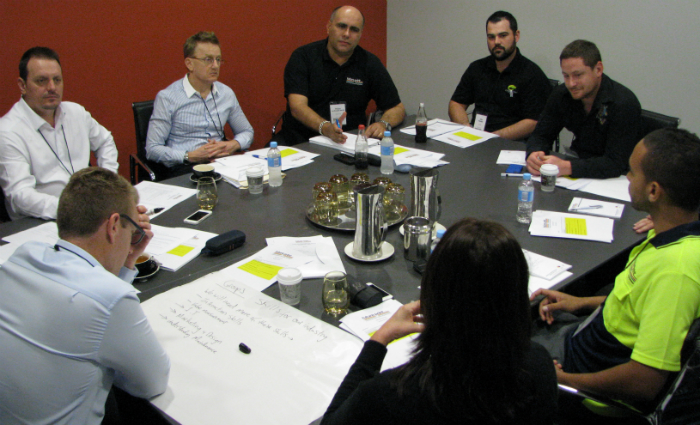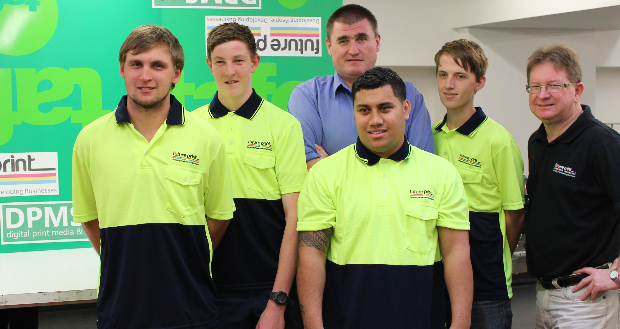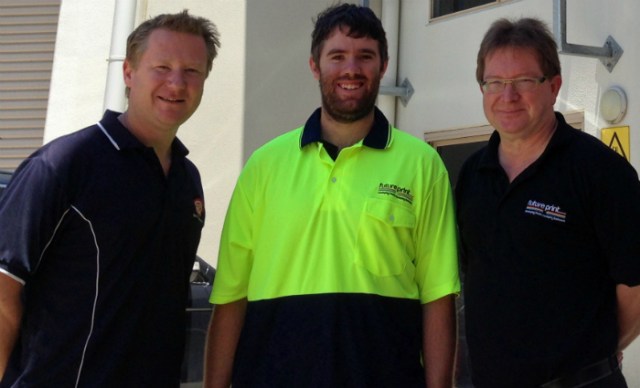
Print industry leaders were told printing apprentices are more likely to finish their courses than those in other industries at the recent Future Print Summit
Parliamentary Secretary to the Industry Minister Bob Baldwin says completion rates are above the national average and that an apprenticeship provided the foundation for his own career and changed his life for the better.
Some 60 chief executives and business owners from some of Australia’s biggest printers; supervisors and operational staff; PIAA, union and training representatives; apprentices, and advisors, came together to share ideas on Future Print could be improved in its second year.
[Related: More training news]
The day featured two workshop sessions, with participants asked to outline the skills they believe will be required of industry participants in coming years, and to evaluate the role apprenticeships will play in the new skills landscape.
The sessions also delved into how apprentices learn most effectively, weighing up the pros and cons of components like block training versus workplace-based training, and the support a business needs to maximise the chance of apprentices finishing their training.
Participants were asked to brainstorm ideas for attracting young people to the sector, describe the ideal new recruit and share thoughts on school based apprenticeships and pre-entry training.
They also discussed post-apprenticeship skills pathways and how best to help qualified tradespeople further their careers after training.
PIAA training general manager Joan Grace, who heads up Future Print, says having printing business bosses and managers, course designers and organisers, and apprentices themselves in the same room led to animated and passionate discussions.
“Many of the senior people in the room started their careers as apprentices twenty or thirty years ago, while one young man is just five weeks into his training, so the range of experience was extensive and we are grateful to all participants for their enthusiasm and honesty,” she says.
“Evaluating the information gathered will take a little while, but I can say that it has been a successful exercise which has given us positive feedback and strong direction which we will be working hard to implement.”
The music industry has also faced radical transformation thanks to structural change over the past 15 years, with parallels that can be applied to print.
While both music and printing are perhaps still sorting out the most profitable way to move with the times, music industry rep John O’Neill joined the Summit to share his experience in the shift so far.
“In recent years music has moved from a physical business, with the sale of records, tapes and CDs, to a largely digital market serviced by downloads and streaming,” he says.
“And, while digital will never completely replace the physical product, we have had to dramatically change our business models and approach.”
[Related: More Future Print news]
While physical products remain popular, with a resurgence of interest in vinyl records and tapes, both of which now retail in a much higher margin price bracket, O’Neill says the digital sector has made his product so much cheaper and easier to access.
“When the game changes, you have no choice but to find a new set of rules by which you can play and win,” he says.
“That will take ideas, bravery, passion and a willingness to execute your plans and see them through – and this is where young people are invaluable.
“Many employers consider youth, naivety and lack of experience to be disadvantages, but it is these qualities which make young people willing to learn, to take on a challenge and, perhaps most critically, to try things and possibly fail.
“They can look at your business with fresh eyes and provide a perspective those of us who have been in the business for years could never deliver – and if you can harness that freshness and creativity alongside the skills and experience of your older staff, those workers on L-plates can be an enormous asset.
“I can honestly say that while the transition in my industry has had its challenges, there has never been a more exciting time to be involved in music; it just looks different from what it did when I started.”
Comment below to have your say on this story.
If you have a news story or tip-off, get in touch at editorial@sprinter.com.au.
Sign up to the Sprinter newsletter


